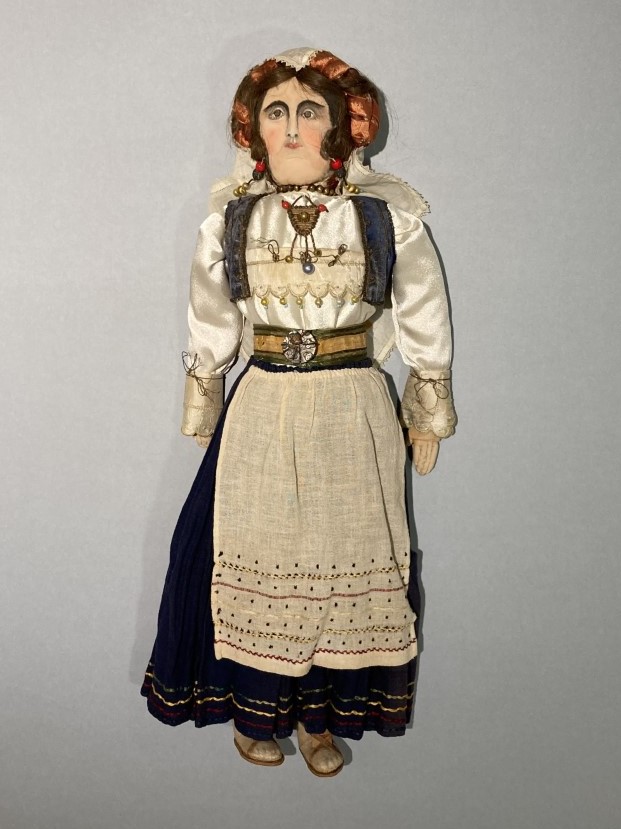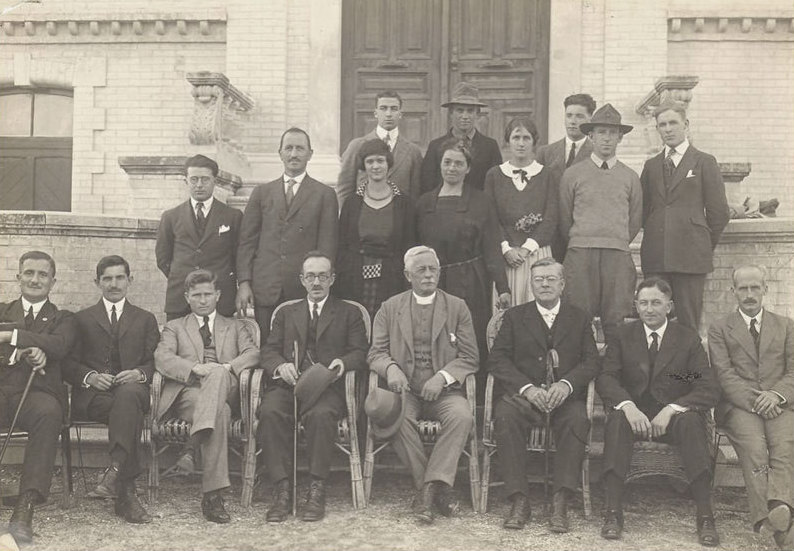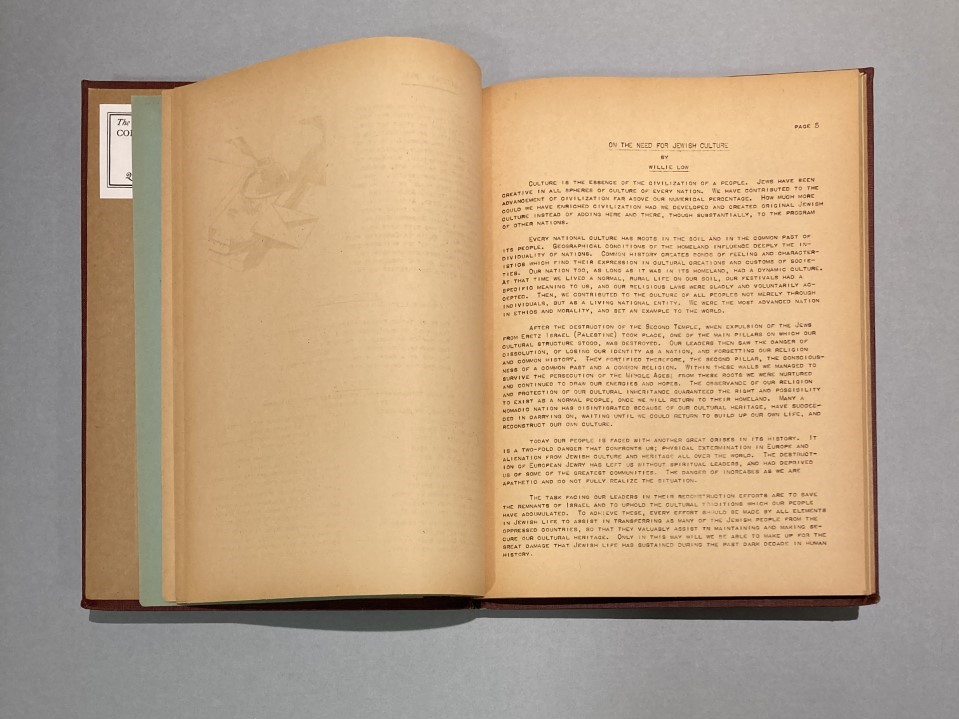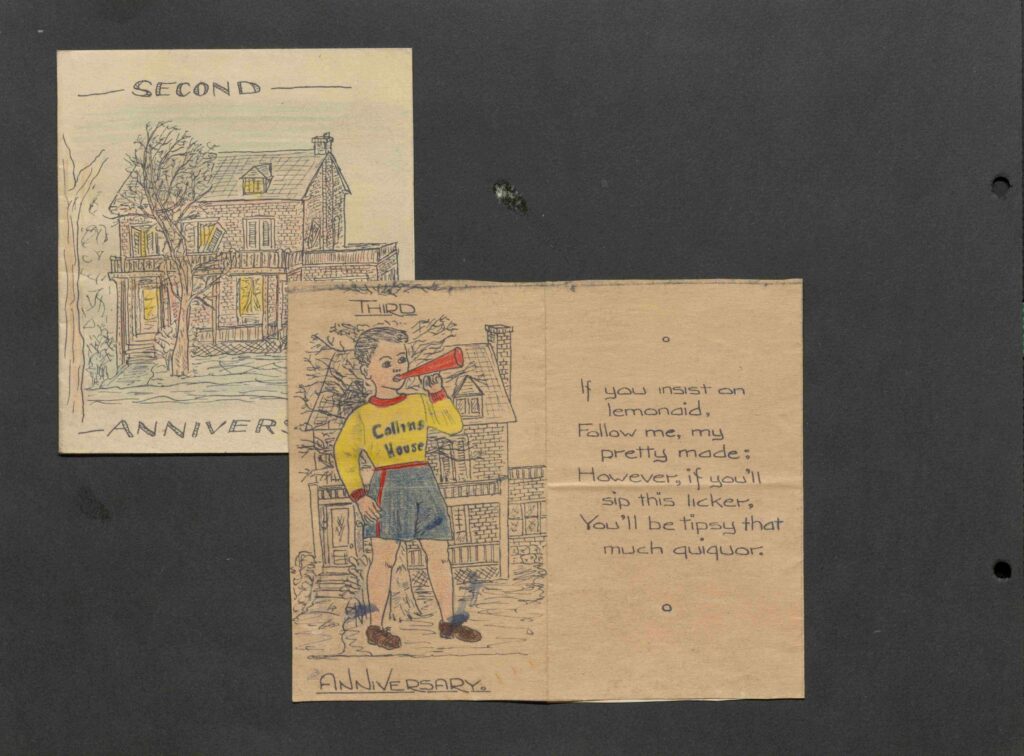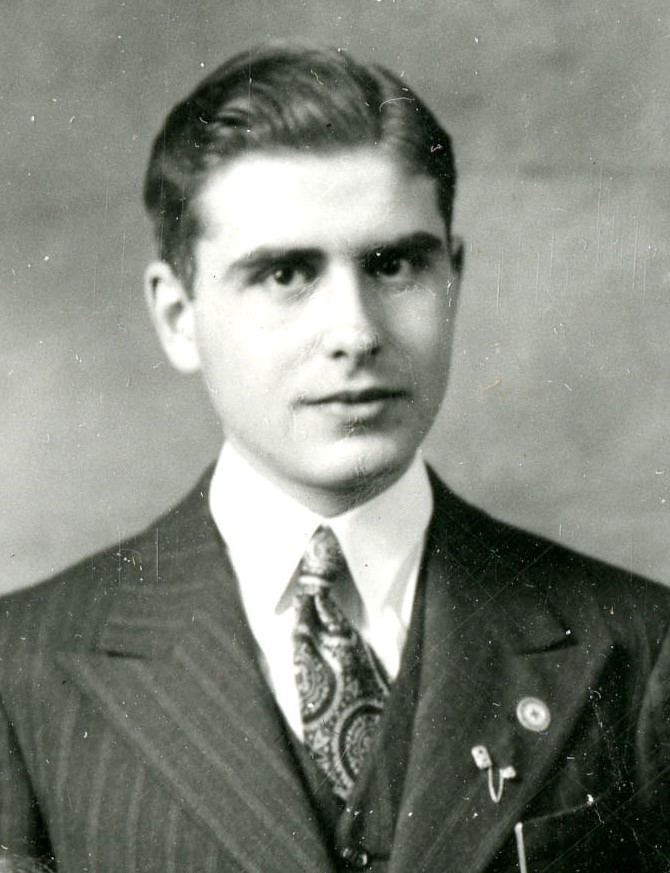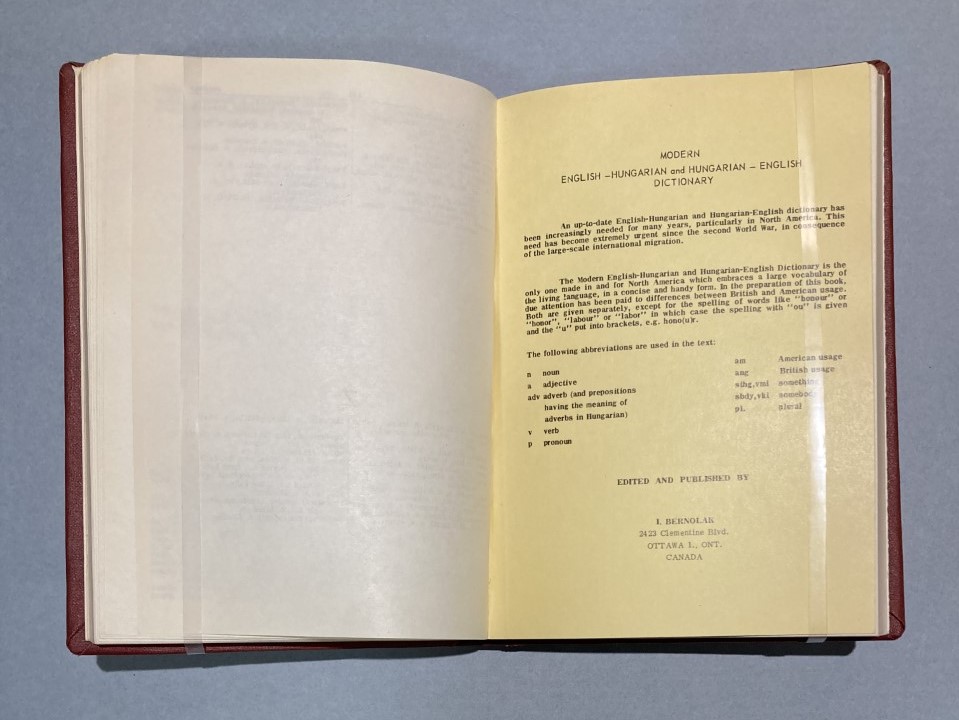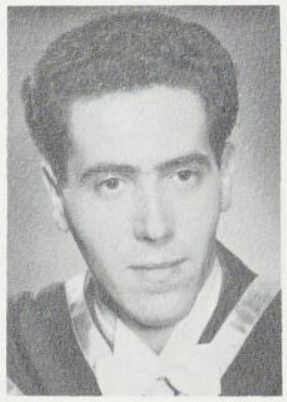For some refugees, Queen’s University was not a point of arrival – when they had the choice or opportunity to move on, they decided to leave. Others were forced to come back to Kingston and left when it was possible.
(12) Annie E. Gordon (1867-1959)
Picture: Faculty of the International Collegiate Institute in Smyrna, c. 1925, Levantine Heritage Foundation
Annie (also Anne) E. Gordon was born in Williamsburg, Ontario, and worked as a teacher before starting her studies at Queen’s University. She graduated in 1897 in Arts and continued school teaching. In 1901, she joined the American Congregational Board of Foreign Missions and the Central Girls College in Marash (Kahramanmaraş) in the Ottoman Empire where she taught mathematics.
In September 1922, Annie Gordon fled to Athens after the Greco-Turkish War, organizing refugee relief work following the violence against ethnic minorities and the population exchange in the Treaty of Lausanne (1923). McLachlan documented this experience later in Kingston as A Potpourri of Sidelights and Shadows from Turkey (1937) which is preserved in the collections of W.D. Jordan Rare Books and Special Collections. Annie Gordon remained in Athens until September 1924, occupied with “refugee work in Greece.” She briefly returned to Smyrna in May 1925 and taught at the Junior College in Athens until 1931; after retirement, she lived in Ottawa. In April 1950, Gordon donated this and other dolls that she likely brought to Canada to the Agnes Etherington Art Centre.
Gordon was both a refugee and a witness of forced migration following the Armenian genocide in 1915 and other violence against minoritized peoples in that region. At the same time, her work was recognized in the Queen’s Journaland the Alumnae News at the university throughout the 1920s and 30s, underlining the Christian implication of her teaching and relief work. Similar to the Belgium refugees after 1914, people at Queen’s advocated for persecuted minorities before the First World War. But according to Canadian immigration laws, this advocacy was exclusive and only focused on specific refugee groups fitting familiar cultural and racial patterns.
(13) Ze’ev Lev (William ‘Willie’ Low) (1922-2004)
Picture: Ze’ev Lev Receiving the Israel Prize. c 1962, Yehuda Aizenshtark, public domain image, www.archives.gov.il
As William Low, Lev was born to a Chasidic Jewish family from Vienna, Austria, in 1922. At 12 years old, his family moved to Berlin, Germany. By 1938, Lev was able to leave Germany in order to study at the Gateshead Yeshiva in England. Unfortunately, the rest of Lev’s family was unable to leave and were lost to the horrors of the Second World War.
From England, without a home to return to – Lev was offered a scholarship from Queen’s University and travelled to Canada in 1942 to continue his academic career away from Europe. At Queen’s, Lev dedicated himself to his studies, faith, and community – emphatically engaging with different members and events from the Beth Israel Congregation and Queen’s student groups including Hillel House. An example of this was in a literary feud that arose between Lev and a Queen’s professor concerning Arab-Jewish relations during his time as an editor of the Hillel House newspaper from 1943 to 1945.
In a piece written in 1943, Lev discusses anti-semtisim at the time and what more can be done both societally as well as through action of the Jewish youth to actively train and educate the world to overcome anti-semtism, thereby achieving a “more enlightened citizen body.” Queen’s University offered a point of transition for Lev, as following his undergrad in 1946. He immigrated to Israel in 1950 after obtaining his MA and a doctorate in philosophy from Columbia University. This migration to Israel was taken by a large number of Jews globally. A shared experience representative of the rebirth of Jewish identity and homeland, he took the name Ze’ev Lev. In Israel, Lev sought out to establish the creation of an educational institute that blended technology and engineering with religious teachings. He founded The Jerusalem College of Technology in 1969 providing a space that continues religious and educational nourishment for Jewish peoples.
(14) Alfred Bader (1924-2018)
Picture: Detail of Alfred Bader in a Queen’s Hillel Foundation Executive Committee group picture, 1944, Queen’s University Archives
Alfred Bader’s story begins in Vienna in 1924. Born to a Jewish family, the Baders continued living together until increased restrictions and threats of violence due to the rise of Hitler’s Nazi Party to power forced Alfred to Britain via the Kindertransport in 1938.
Unfortunately, at the age of 16, Bader was interned in England with Austrian or German persons at or above his age, including prisoners of war. Such internment led to deportions across different continents, to camps in the Isle of Man, Australia, and Canada. While in an internment camp in Quebec, Bader was sponsored and permitted to apply to Canadian universities on the basis of his excellent academics. Despite his outstanding academics, the University of Toronto and McGill University both denied Bader’s application, perhaps in part due to the unofficial “quotas” of the 1930s and early 40s on newly accepted Jewish students coming into Canadian universities. However, Queen’s University and the Registrar at the time, Jean Royce, accepted Bader and welcomed him back into the world of academia and exit the continuously transitory and unsecure landscape of internment.
At Queen’s, Bader wasted no time propelling himself into academics, student university groups, religious communities, and social spaces. He excelled in classes and won academic awards alongside other refugees, was deeply ingrained and passionate about the Jewish student body and community of Queen’s, successfully becoming the President of Hillel House in his 4th year in 1944-1945, and remained connected strongly to student life and culture at social-housing spaces like Collins House, the first cooperative housing project at Queen’s. As artifacts like this album of shared student life illustrate, Bader began rebuilding his life at Queen’s after spending years unknowing, trapped in transitory internment and insecurity.
(15) Thomas Z. Fahidy (born 1934)
Picture: Thomas Fahidy in the Tricolor ’61 (Kingston: Alma Mater Society 1961), p. 66, Queen’s University Archives
During the Hungarian Revolution of 1956, over 3,200 university and college students – 11.2% of the total refugee population – left Hungary permanently to continue their studies abroad and to seek safety and opportunities. Students left due to the Soviet-imposed policies which targeted educated citizens in particular, leaving them with little freedom in employment and voting rights if they opposed the government. Many went to Vienna, where they were supported by fundraising efforts by both Queen’s students and the World University Service of Canada. 400 students boarded government-sponsored flights, with 100 more arriving independently.
The students initially resided in an Immigration Centre near McGill University. The centre provided transition education classes, language courses, academic orientation, and an introduction to Canadian culture. There were attempts to make the work program as equal opportunity as possible, as students were required to find work in Canada as part of their transition. Initially, Queen’s University was only going to take in four students, but after fundraising support and a bursary created by the Atkinson Foundation, the university brought in twelve students. Their scholarships depended on if they did good work, as Canada was looking for skilled workers in refugee students; this is reflected in how the “most successful students” were in Engineering due to the support they got.
The student featured in this exhibition, Thomas Fahidy, was a student in Chemistry until 1961 and at the top of his class, therefore he had scholarship opportunities. This success was based on how well students like Fahidy did in the English courses run by Queen’s during the summer – as represented by this travel sized Hungarian-English dictionary from 1956 – and the ability to balance school with work. Financial hardship was also a factor influencing the students’ success. These factors, alongside the stress of displacement and transition, likely explain why two of the twelve students dropped out of their studies at Queen’s, pointing to the importance of adequate support in determining refugee student success. This was also true for Fahidy, who after his PhD in 1965 became a professor in Chemical Engineering at the University of Waterloo, Ontario.
